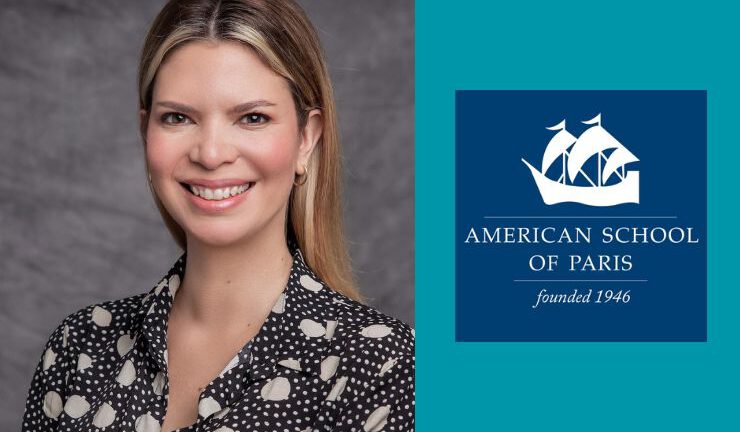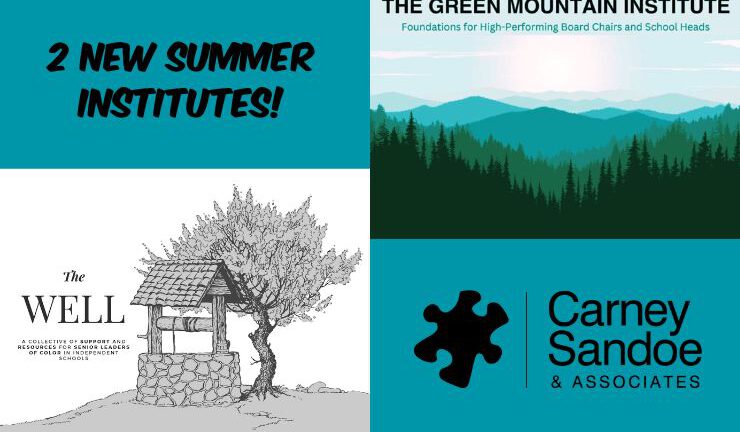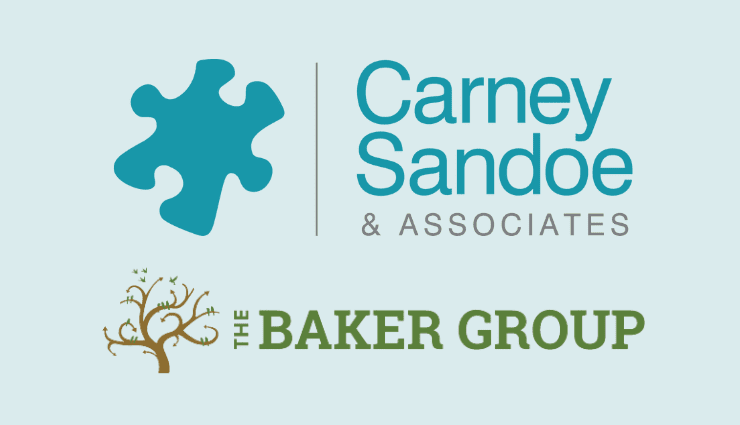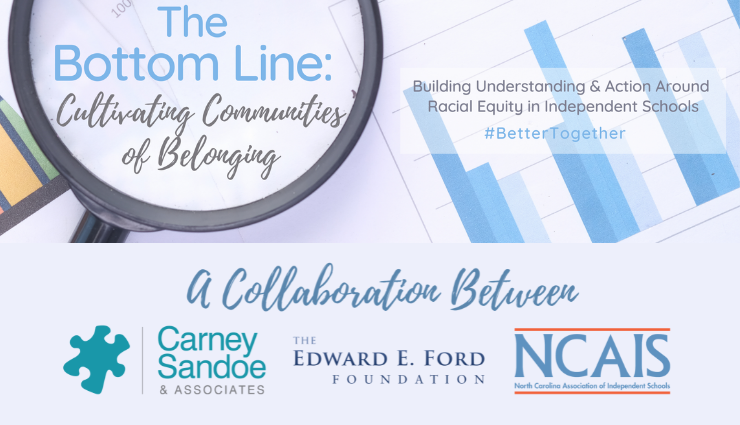Authentic Diversity: A Question of Climate and Commitment

One of the early-morning workshops at the 2017 NAIS People of Color Conference (PoCC) in Anaheim, California, was filled to overflow capacity. A security guard at the door kept apologizing as she turning away a dozen or more disappointed latecomers. Ironically, the session was titled, “It’s Our Space, Too.” What drew people was the session’s focus on school climate — more specifically, the need for positive school climates that worked well for all adults and students across racial groups.
As the speakers noted in their session description, “Even with the push for growth in diversity, many independent schools still struggle to support faculty and students of color.”
This year’s conference marked the 30th anniversary of the People of Color Conference. A little more than 100 people attended the first event back in 1987 — representing nearly all the educators of color in the independent school community. This year’s event included more than 4,000 educators, the majority of whom are teachers and administrators of color. Another 1,500 students across the racial spectrum attended the parallel Student Diversity Leadership Conference.
The good news here is the sheer growth in numbers. The call for more students, teachers and administrators of color has taken hold in many schools across the nation. But an equally pressing concern still remains a significant challenge in most independent school communities: improving the experiences of students and educators of color.
With students, there’s often an academic gap between white students and students of color. Curricula are still heavily steeped in Western Civilization, basically implying that the history, art, and cultures of Europe and white America are what matter most. Many students of color will also tell you that they suffer from more than their share of microaggressions and from biases white educators often don’t know they carry.
Meanwhile, faculty of color have mixed experiences. Some feel supported by their schools. Many others don’t. And too many work in near cultural isolation, being among the few, if not the only, educators of color in their schools. Those educators of color who are engaged in diversity work often talk about the challenges, frustrations, and loneliness of shouldering the work to carry out school diversity initiatives either by themselves or with a symbolic nod from school leaders.
The result: high faculty of color turnover and school climates that fall short of stated ideals.
At the opening general session, Rasheda Carroll, director of equity and inclusion at Wildwood School (California) and one of this year’s conference planners, noted that the theme of this year’s event is, at heart, “a call to accountability.” Luthern Williams, head of New Roads School (California) and another of the conference planners, noted the importance of approaching equity and justice work “strategically.”
Why do schools falter when it comes to accountability and strategy? For one, they’re operating in a society that has a long history of racism, which means that leaders in schools, as elsewhere, are subject to cultural biases that tend to deny or downplay or excuse individual or institutional racism. While white school leaders may show concern for racial equity, many often miss the ways in which their school policies and structures contribute to the problem. In short, if you are white and haven’t been specifically trained in matters of diversity, it can be hard to see the ways in which you are connected to racial inequities and the systems that maintain them. In independent schools, the effect of all this, especially given the myriad concerns schools face, is that school leaders, while caring on a theoretical level, are often less inclined to formally address racial biases and ensure that a schools’ commitment to equity and justice is ongoing and strategic.
The speakers at PoCC sessions focused on school climate were asking schools for a mindset shift — and offered research and case studies to help them understand the deep-seated, race-related issues and what it takes to work though them to become well-functioning, inclusive schools.
A statistically telling moment came in a late conference session in which a panel of heads of color told their stories and offered advice to aspiring heads of color. The panel moderator, Ara Brown, dean of boys at The Cranbrook Schools (Michigan), walked the audience through highlights of his dissertation research on heads of color. In every category, he noted, the heads of color had to be significantly more qualified than their white counterparts. For example, 100% of the heads of color surveyed had advanced degrees (versus 30% of the white heads of school surveyed); 88% attended prestigious graduate schools (versus 50% percent); and 44% had degrees from Harvard, Teachers College, and Brown University (versus 10%).
Yet even with the outstanding qualifications, all of these heads said they needed committed mentors to actively help and support them along the way.
In a session on “Recruiting Without Bias,” a panel of educators committed to diversifying the faculty at schools made it clear that the key to overcoming such bias was to (a) surface the bias so it’s no longer unconscious, (b) develop strategies for increasing the numbers of teachers of color, and (c) address the issues of school culture that work against equal engagement.
Tiffany Taylor Smith, executive director for inclusive excellence in education and professional development at the University of Dayton and director of Cultural Learning Partners, argued that schools need both a specific diversity strategic plan and a well-trained staff to execute the plan. The training circles back to the problems that arise from implicit bias. If you are raised and educated in a culture shaped in part by institutional racism, you can’t help but absorb racial biases. Smith noted the work of Mahzarin Banaji and Anthony Greenwald (see the Project Implicit), which over and over makes it crystal clear that most of us carry subconscious racial bias.
What we need to do to lead successful multicultural schools, Smith said, is to examine our “cultural tapes” — the information and cultural forces that have shaped our sense of the nation and our own identities. We need to see the water in which we swim.
Brain science, she noted, also makes it clear that our embedded cultural biases always rise to the surface, especially in moments of stress or pressure. So we stereotype, judge, turn to people like ourselves for support, often without knowing we’re doing it. For whites involved in the hiring process, these reactions display themselves in a tendency to favor familiar names, or graduates of familiar universities, or candidates who attended independent schools, over the unfamiliar. The antidote is learning to understand how implicit bias works and to create systems to counter it. At the same time, school leaders need to know in their bones why a diverse teaching staff is in the schools’ interests.
Smith’s list of best practices in hiring for diversity includes casting a wider net in the search process; starting the recruiting process early; strengthening relationships with Historically Black Colleges and Universities (HBCU’s); and gaining buy-in from the hiring teams through clear messaging and communication. She also underscored the importance of all those involved in hiring to develop the skills and competencies to be aware of and counteract their own biases.
One of the schools with a diversity hiring strategy is Green Farms Academy (Connecticut), which increased its faculty of color from 14% to more than 20% in five years. Another, Wheeler School (Rhode Island), increased its faculty of color from 12% to 18.5%. Session spokespeople for both schools — Chris Kolovos and Princess Bomba — said these are slow, but steady gains. But what matter most is that both schools expect to continue to improve the numbers and focus on retention through continued institutional commitment.
Another session on hiring educators of color, led by Warren Reid, CEO of NEMNET, a minority recruitment firm, offered a similar list of best practices — as well as detailed research on the ways schools fall short. Throughout his session, Reid kept circling back to a key point: that successful schools shift their thinking from concern about a diverse teaching staff to an ongoing commitment to a diverse teaching staff.
Conference sessions, of course, focused on more than hiring and climate. Many addressed the need for transformative pedagogy so that all teachers serve all students well. Others outlined elements of a multicultural curriculum that both includes the insights and contributions of people of color and prepares all students for a globally connected, diverse world. A number of sessions focused on specific areas of the curriculum — i.e., examining the question of why and how to teach African-American history, and how to shift the literary canon to include writers across the racial spectrum.
Beyond subject-area knowledge were questions about helping students develop interpersonal and problem-solving skills. Brian Johnson, an admissions director at The Philadelphia School, partnered with Ali Michael, cofounder and director at The Race Institute, to introduce Equitable Classrooms, a program used successfully in two independent schools to draw out the potential in students of color. Like other sessions, this one focused on improving the cultural competencies of all educators to serve a broad racial spectrum of students well. Another session led by Kalyan Balaven, a humanities teacher at The Athenian School (California), and Alison Park, founder of Blink Consulting, focused on helping schools understand what measuring equity and inclusion entails and then encouraged schools to develop dashboards to measure strengths and weaknesses (or what they called “growth edges”) to improve the experiences and outcomes of students of color.
Also on the docket were sessions aimed at getting more students of all races involved in social justice and community service work so they are not only part of the solution to current problems but so they also develop a lifelong ethic of care. For the social-emotional health of students of color and to build inclusive school cultures, other sessions examined questions of why and how to conduct affinity groups.
Because the conference attracts an increasing number of white educators (more than 1,000 this year), a number of workshops and sessions focused on white allyship — particularly on why every white educator needs to engage in diversity work and develop the personal and professional skills to serve all students well on the academic and social-emotional levels.
Whenever I attend the People of Color Conference, I have a feeling I’ve stepped into an alternate American reality. In this America, we take equity and justice seriously. We assume that equitable, high-quality education is central — both for personal growth and societal health. We are in a place where people not only talk openly and respectfully about race and racism, they also have the knowledge and experience to lay out the complex issues clearly and offer workable solutions. In this universe, a commitment to cultural change for the better is always on display. So is true joy in purpose.
I suppose this explains why it’s so easy to find oneself either smiling or crying at the conference.
It’s impossible not to be moved, for example, when Maria Teresa Kumar, founding president and CEO of Voto Latino and host of MSNBC.com’s new show Changing America, pointed out that around 20,000 teachers serving 250,000 student in this nation are DACA recipients — and all currently at risk of deportation — then watch as a DACA-recipient educator steps to the microphone to tell her story. It’s hard not to be moved when Don Coyhis, a Native American elder and president of the nonprofit White Bison, Inc., reminded us that by 1920 90% of Native Americans were wiped out and that the rest suffered from displacement and a concerted effort to destroy their cultures. Despite these atrocities, Coyhis offered hope and a path forward — through the connection, action, engagement, and an unwavering belief in the values of diversity and justice across race and nations.
Supporting this big-picture perspective, Kimberlé Crenshaw, professor at the UCLA Law School and civil rights advocate, argued for a better analysis of cultural issues through the lens of intersectionality — a framework for understanding the ways in which different cultural identities and factors intersect and interact. To make her point, she asked for a show of hands for those who could identify a number of African-American males killed by police. As she spoke their names, most hands shot up. But when she started listing African-American women shot by police in the same time period, far fewer people were aware of their names.
“Black women are seen as afterthoughts in the culture,” she said. Then she offered a name for this problem: “Racist Patriarchy.”
Crenshaw followed up her keynote address with a smaller master class that focused on ways to unpack various forms of discrimination and bias through the lens of intersectionality.
Dalia Mogahed, author of Who Speaks for Islam? What a Billion Muslims Really Think, was one of a number of speakers who examined the rising mistreatment and distrust of Muslims in America today. In addition to pointing out that Islam is the most ethnically diverse religion, she focused on what schools can do to help students counteract the misperceptions and biases — including ensuring that Muslim history is not only part of the curricula but that it is also represented correctly. “Ignorance, allied with power, is the most ferocious enemy justice can have,” she said. “I encourage you to become an ambassador for the facts. You can replace fear with facts. Teach your students critical thinking.”
All of these issues and more rise to the surface at the People of Color Conference — because all of these issues play out in schools one way or another and because we are preparing our students for a world that continues to struggle to find the best collective path forward.
In Anaheim, a number of speakers also talked about the importance of “authenticity” — both personal and institutional. Ta-Nehisi Coates, best-selling author of Between the World and Me and national correspondent for The Atlantic, was the closing general session speaker. In conversation with Caroline Blackwell, NAIS’s vice president for equity and justice, he talked about authenticity in terms of intellectual curiosity and personal growth. “Be someone who wonders,” he said, “not someone who knows.”
To the students, he added, “One thing I would say to the young people here: own your own education. That’s really important. The education has to be yours. You have to pursue things that you’re curious about.”
At the same time, he made it clear that we need voices for equity and justice today and in every generation to come.
This is the message that fuels so much of the work at the People of Color Conference. You hear and feel it in every session and workshop. You also hear it in the hallways and hotel lobbies, restaurants, and bars. One of my favorite things to do at the conference is occasionally stand back for a minute or two and just watch and listen to committed educators connecting and commiserating and building valuable professional networks. You see them laughing and nodding and hugging and exchanging contact information. You see them leaning in to consider viewpoints or to add perspectives to a larger conversation or to note a useful resource or speaker.
For educators of color who have been coming to the conference for a long time, this improvisational work is as valuable as the established program. For educators of color, as longtime educator and conference attendee Jacqueline Pelzer puts it, the People of Color Conference is not only tremendous professional development, it is also “the well — the place where you draw sustenance.”
Michael Brosnan is an independent writer and editor with a particular interest in education and social change. His latest book of poetry, “The Sovereignty of the Accidental,” was just published by Harbor Mountain Press. He can be reached at michaelbrosnan5476@gmail.com.
Don’t miss CS&A’s fourth-annual FORUM/Diversity on January 26-27 in Philadelphia, a two-day faculty hiring and professional development event. Learn more on our website.








